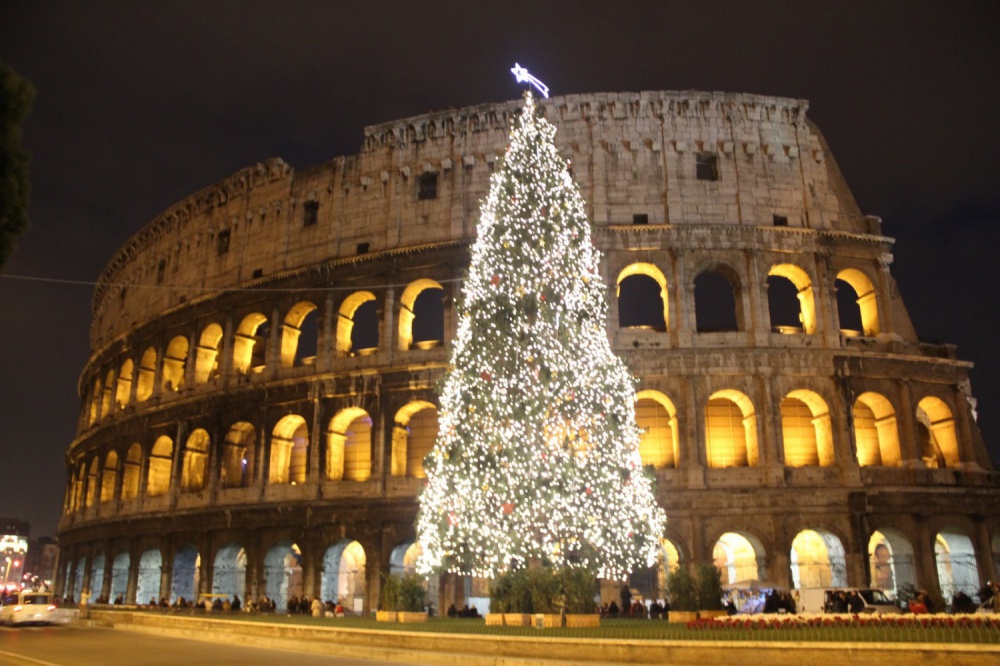SINCE THE NEW YEAR’S HISTORY
New Year is the main calendar holiday, which comes at the moment of transition from the last day of the year to the first day of the next year. It is celebrated by many nations according to an accepted calendar. The beginning of the year on January 1 was established by the ruler of Rome Julius Caesar in 46 B.C. In Boston Rome this day was dedicated to Janus. January got its name in honor of Janus, who is depicted with two faces: one looking forward, the other looking backward.
New Year is one of the oldest holidays celebrated by mankind. When excavating the pyramids of ancient Egypt, archaeologists found a fragment of a jug on which was written "The Beginning of the New Year". In Ancient Egypt, the New Year was celebrated during the flooding of the Nile River (around the end of September). The overflow of the Nile was of great importance because it was the only thing that made the desert happy. During the New Year, statues of their god Amon, his wife and son were placed in a boat and floated on it on the Nile River for a month. All this time the people inside the boat sang, danced and had fun. Then the statues were returned to the temple.
Even before Christmas, the ancient Romans gave each other New Year's gifts and spent New Year's Eve drinking and partying. They wished each other happiness, success and success in the new year. For a long time, Romans celebrated New Year's Eve in early March until Julius Caesar introduced a new calendar. Thus, the day of registration of the New Year became the first day of January. The Moon was named after the god Janus. One of his faces was turned to the past year and the other to the new year. The New Year's holiday was called "Kalenda." During this time, people decorated their homes and gave each other gifts; their slaves and masters made merry together. Wealthy Romans presented gifts to the emperor. At first it was voluntary, but later the emperors themselves demanded a gift for the New Year.
The Roman Emperor Caligula went to the square near his palace on the first day of the New Year and received gifts from his subjects. He wrote down in a notebook who gave how much and what they gave.
In ancient Babylon, the New Year was celebrated in the spring. During the holiday, the king left the city for four or six days. When the king was gone, what could the people do? After a few days, the king and his courtiers were dressed in festive clothes and the people were busy with their work. This is how people started life anew every year.
In Russia, the New Year was also celebrated on March 1. In the XIV century the Moscow State Church issued a decree, according to which the New Year was
celebrated on September 1 according to the Greek calendar. And only in 1699, after the return of Peter I from Europe, he by his special decree began counting from January 1 and called this day a holiday.
Since 1919 the New Year holiday has been celebrated in the USSR according to the Gregorian calendar. Since December 23, 1947, January 1 was declared a holiday by the decision of the Presidium of the Supreme Soviet of the USSR.
In independent Tajikistan the tradition of celebrating the New Year according to the Gregorian calendar continues. January 1 of each year on the territory of the Republic of Tajikistan is a public holiday.
Tahiyai Khafizova B.M.-assistant at the department
of epidemiology named
after professor Rofiev H.Q.
translated Ismoilov R.

